 I have no idea as to who made this great whimsical windup clock. I do know that it works when I wind it up. However, the workings need a good cleaning for it to keep accurate time.
I have no idea as to who made this great whimsical windup clock. I do know that it works when I wind it up. However, the workings need a good cleaning for it to keep accurate time.On the face just below the Roman numeral 6 it says “German”
On the brass back of the clock it says “made in Germany”
There are no other obvious markings anywhere that I can see.
The face of the clock measures approximately 12” across. The brass finished looping that goes around the face of the clock measures approximately 2” tall.
The brass finished Roman numerals are about 1.5” long. Note the nice crisscross pattern on the face of the clock. The tendrils that appear to come out of the back of the clock are attached to a steel ring. The clock sits in the steel ring. The ring and tendrils are attached to the wall by 2 screws. And the clock is mounted into the ring. For added security the clock itself can be mounted to the wall. The resin balls attached to the tendrils range from 1.0” to .75” to .25” The gold color of the tendrils does not look original. Not all of the tendrils lay flat but they weren’t meant to. The intent was to create relief or elevation. It feels like its lifting from the wall. The whole thing measures 3.5’ tall by 5’ long. I really like this piece. I have only seen one other in my many years of collecting. Now it needs a great place to be displayed.
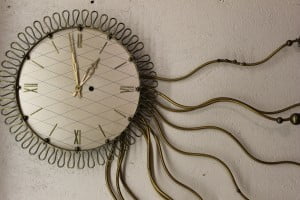

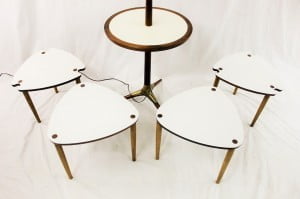
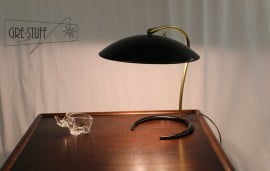
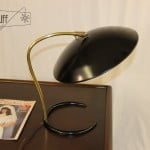
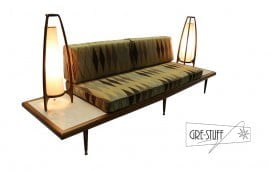
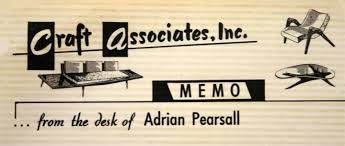
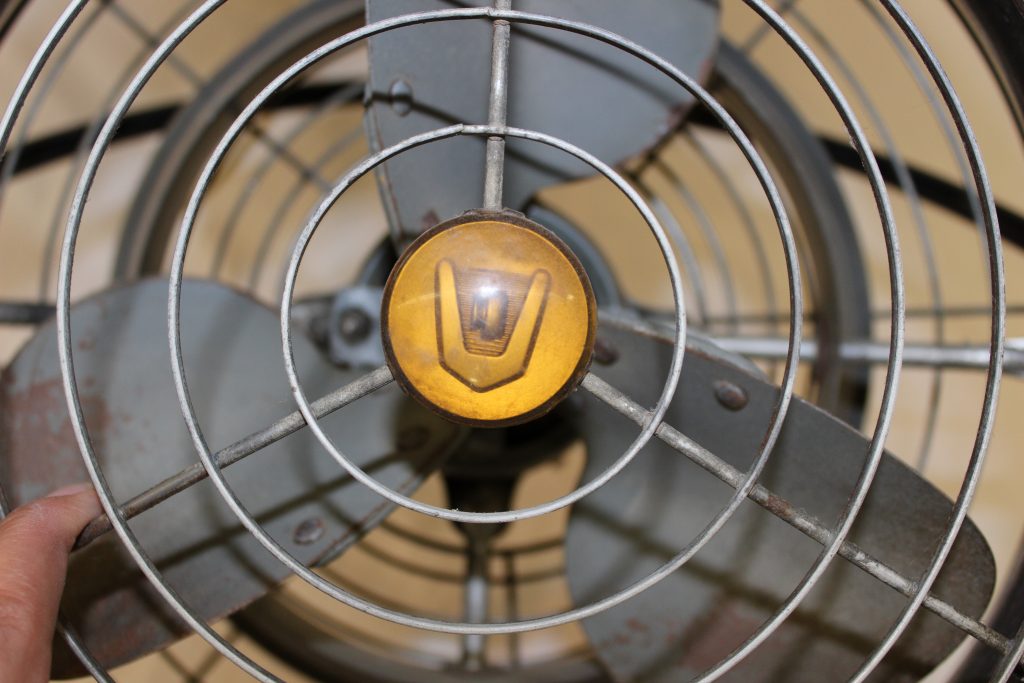
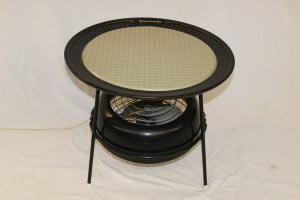

+photoshopped.jpg)
+of+kagan+table+(19).JPG)


.JPG)
.JPG)
.JPG)
.JPG)



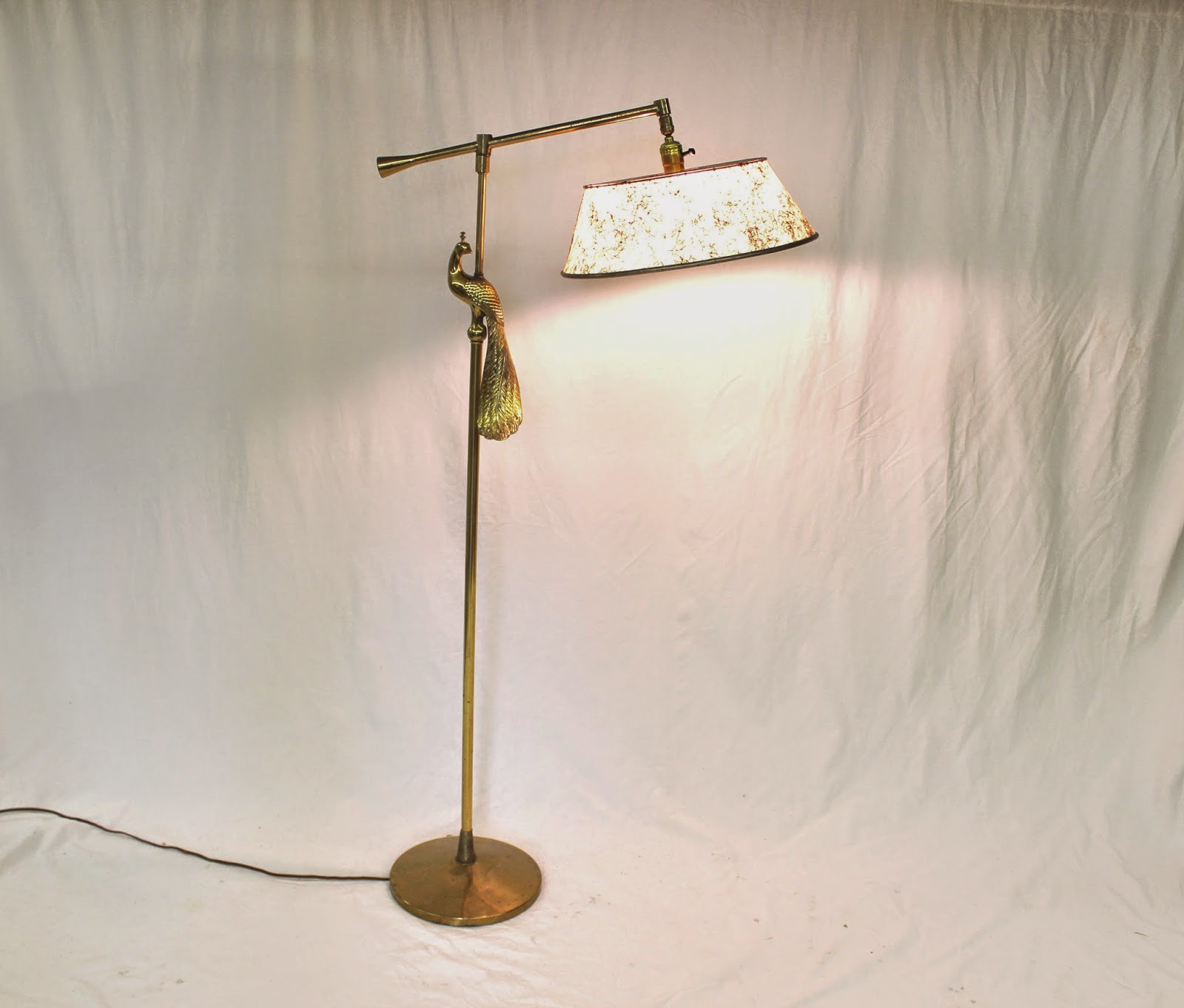

.JPG)




.JPG)








.jpg)


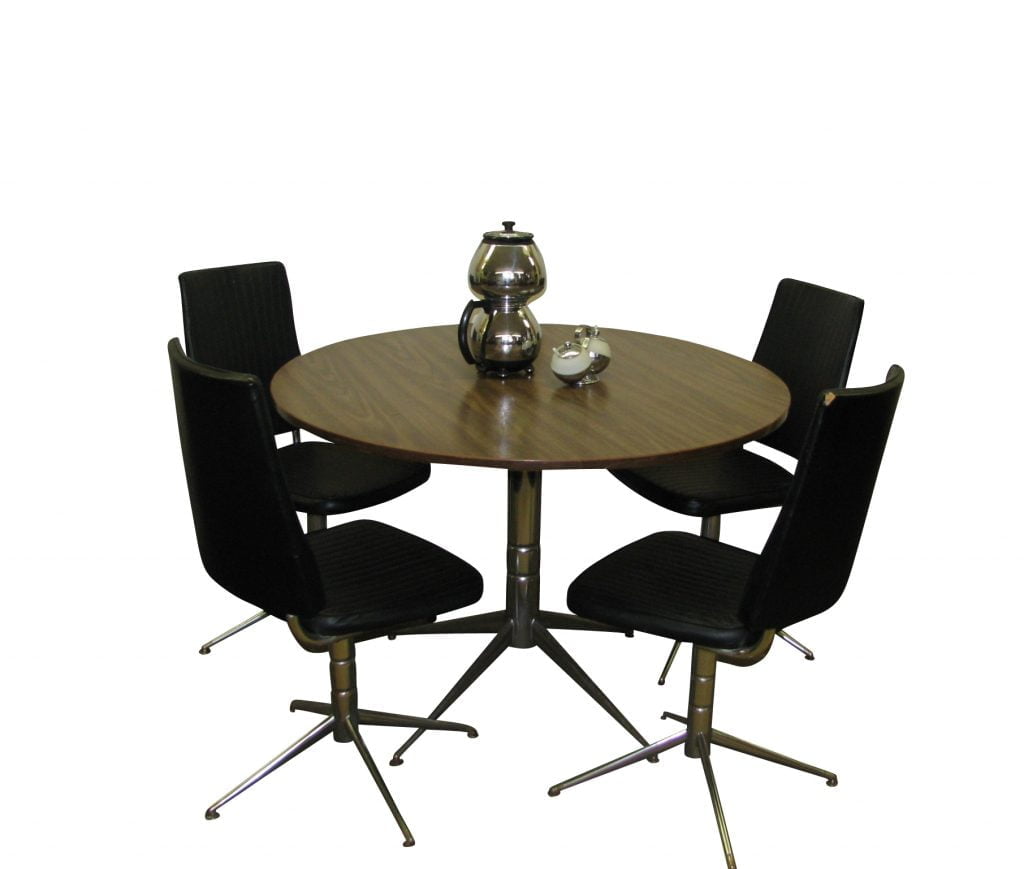







.JPG)
+-+Copy.JPG)
